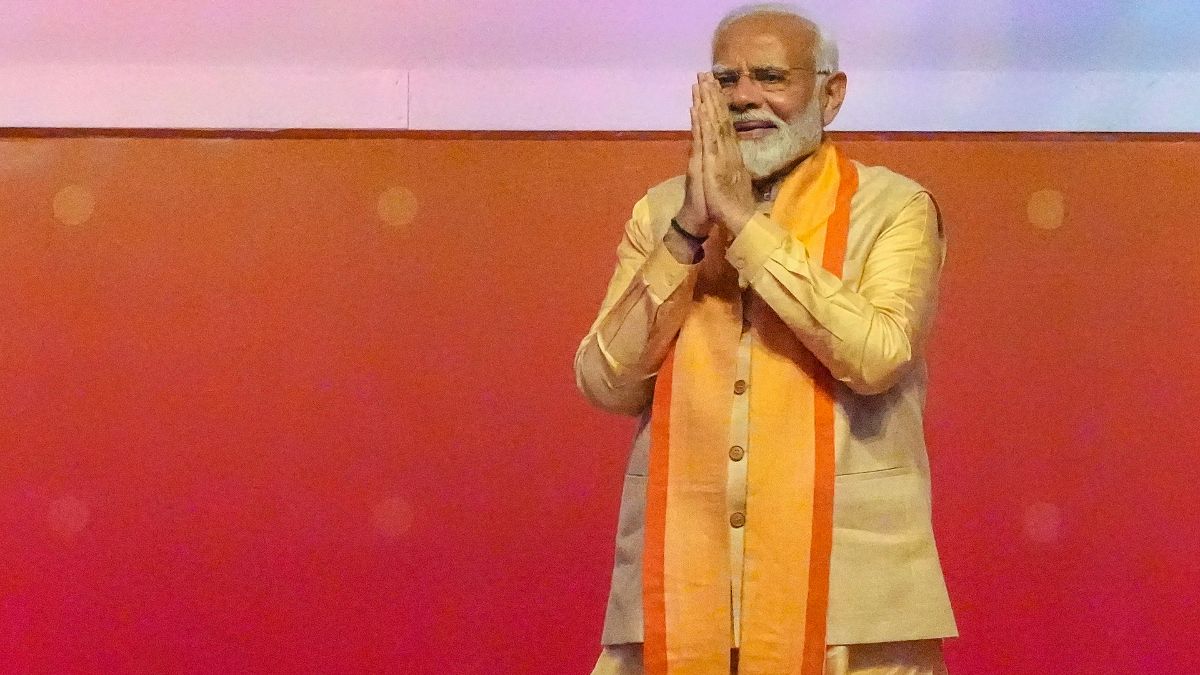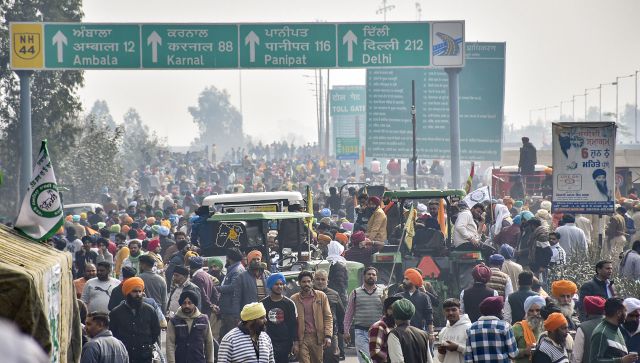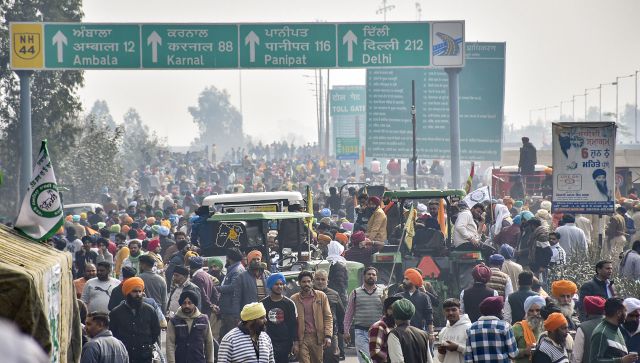For millions of people in the plains of Uttar Pradesh, the April 25 earthquake was the first experience of its kind in their lifetime, and many of them have not yet come to terms with the fact that this calamity can strike anytime again.
The earthquake, which jolted Nepal three days back, was felt quite strongly in Lucknow and many places in western, northern and eastern parts of Uttar Pradesh too. Its intensity in the plains was estimated at 6.7 on the Richter Scale, which is by far the strongest in the last 80 years. In any case, the last big one that shook the ground in Gujarat 14 years ago was felt only as a minor tremor in Uttar Pradesh, which most people did not even take seriously.
The districts bordering Nepal and in the Terai region experience tremors more often, but for these areas too the latest tremors came as a jolt. Next day (April 26) the intensity and duration were a little lesser but it added to the panic. At the end of the second day, the notion of the state’s imperviousness to big earthquakes was gone.
There was widespread panic in affected cities and Chief Minister Akhilesh Yadav ordered closure of all schools in the state on Monday and Tuesday as a precautionary measure. While in Agra, Lucknow, Kanpur, Sravasti, Rae Bareli, Sultanpur, Pratapgarh and Amethi the damage was less in terms of casualties and building collapse, the loss was much greater in eastern and north-eastern parts like Barabanki, Faizabad, Gorakhpur, Varanasi, Ballia, Maharajganj, Sant Kabirnagar and Kushinagar.
The death toll has risen to 14 with three deaths each in Barabanki, Sant Kabir Nagar and Gorakhpur, and one each in Kanpur Dehat, Badaun, Kushinagar, Shravasti and Balia. Most of the casualties resulted from building or wall collapse and sadly enough, six of the victims were children.
On April 25, Lucknow felt the tremors first at 11.45 am and later around 12.20 pm. People rushed out of homes, offices, malls and market places and roads were filled with men, women and children who refused to go back, fearing the worst. Several high-rise buildings in Lucknow, Kanpur and Varanasi developed cracks.
This includes part of the building that houses the Lucknow Development Authority, a high-rise meant for legislators, houses in government colonies, several old structures in Old Lucknow and more than a dozen private multi-storey flats.
Till Sunday evening, scores of people were not ready to move back into their houses, especially in view of the second quake and the persistent rumours spread over social media that a severe earthquake was likely in the night.
In colonies in Gomtinagar, Indiranagar, Kaiserbagh, Cantonment road and Dalibagh, some families spent the night in their cars parked on the ground floor parking lot, while in Old City areas scores of people preferred to sleep in parks.
For many first-time witnesses, the experience has been unusual since they did not know what was happening. “I thought it was a mild attack of vertigo because of my neck and back pain but it was only when I saw the table in front me swaying from left to right that I realized it was an earthquake,” said Ashish Srivastava, who runs a big software company in Lucknow. In fact, most of the people initially thought it was their head that was spinning and not the ground that was shaking. By the end of the day, people had devised their own alarm systems – putting a glass of water at the edge of the table being the commonest – and most of them slept with their wallets, mobilephones and even passports at hand. In some multi-storey apartments, people did not even lock their homes from inside, so that they could escape quickly in case of an emergency at night.
According to doctors, the experience has caused several unusual problems like uneasiness, severe headache, stomach upset, dizziness, drowsiness and sleeplessness among many people for whom the earthquake was the first experience.
“It is the reaction to a situation that the body considers life-threatening,” said Dr A Siddiqi of Lalbagh. For many people, the quake aggravated their chronic migraine. There were many men and women who slept for many hours more than their normal sleep without realizing it.
“These are symptoms of stress that is caused involuntarily. It originates from the traumatic experience they had these two days. It will take quite some time to go away from the minds of the people as this is something they felt for the first time in their lives,” said Dr Atul Kharbanda, a physician for whom too it was the first brush with a quake.
According to geologists, Lucknow and most of the Ganga-Yamuna plains are not in the red seismic zone since the deep soil acts effectively as shock absorber to reduce the impact of the earthquake to a significant extent. Prof Dhruv Sen Singh of Lucknow University’s department of geology has been quoted as saying that Lucknow lies in Earthquake Zone 3, a moderate risk area. According to him, the thick alluvium of the Ganga plain reduces the impact of earthquake and only those earthquakes which occur in Himalaya can be felt in this region.
Regardless of the technical comfort, earthquake is no longer a ‘not here, not us’ phenomenon for people in Uttar Pradesh. For residents of multi-storey apartments, the vision of the structure swaying left to right will be hard to forget for a long time.


)




)
)
)
)
)
)
)
)